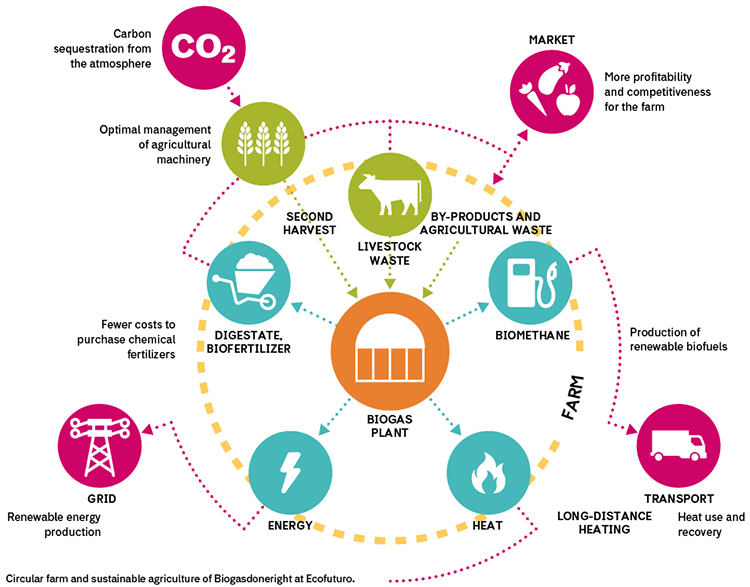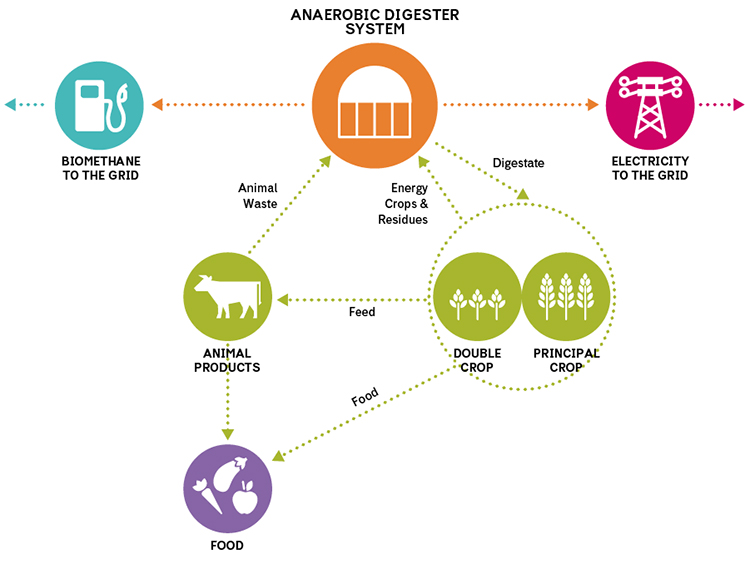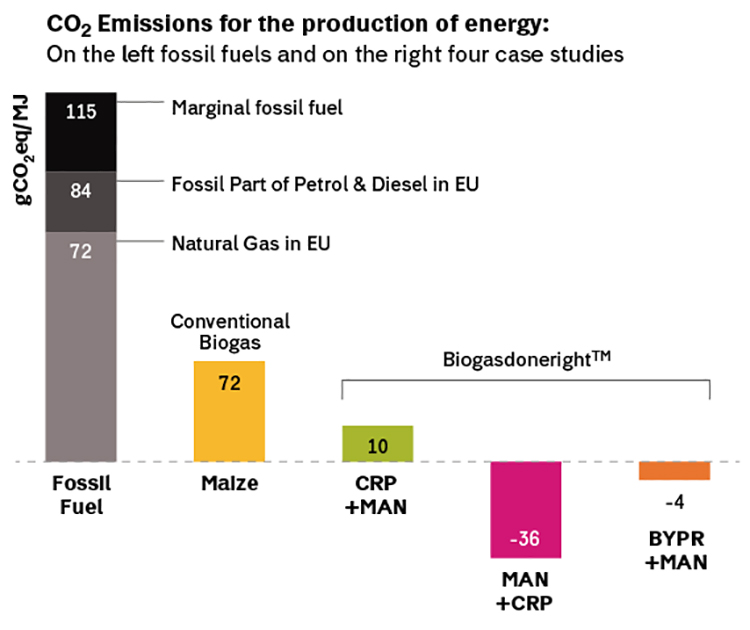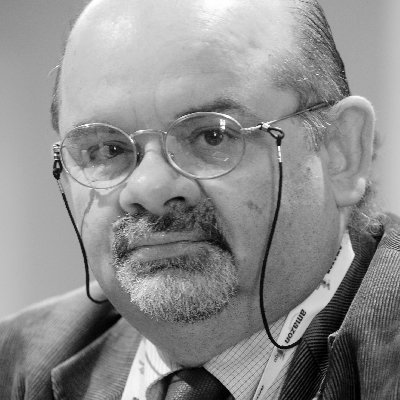Two pieces of news – and not just one as the media have chosen to focus on – emerged from the latest IPCC report published last October. Indeed, everybody concentrated on the 1.5 °C threshold by 2100, which in 2015 was regarded as a “sop” for Pacific Islands, has now become essential to avoid huge damage, while few have noticed that to achieve this target, not only climate-changing emissions have to be reduced and a zero-emission economy started, but CO2 must even be removed from the atmosphere. That is to say we must become a carbon-negative society that reduces, returning to sender and hence underground, the CO2 extracted with fossil fuels. Carbon sinks as well as plants, oceans and soils would be the natural systems for this purpose, while the artificial ones include the controversial Carbon Capture Sequestration (CCS) using the same fossil fuel extraction technology and whose use has always been endorsed by oil companies. So much so, that one of the leading enterprises, the day after the Paris Agreement, declared its readiness to implement CCS, since CO2 can be used for Enhanced Oil Recovery (EOR), which otherwise would only be extracted with injection systems in fields. In short, a very expensive kind of fossil circular economy, since the second law of thermodynamics still applies.

Alternative Sequestration
However, there is another viable way to “sequester” CO2 and confine it to the soil: a made in Italy approach that combines with one of Italy’s excellences, food. It is not the discovery of the century that breaks the second law of thermodynamics, but rather an energy optimisation with regards to crops, by using solar energy utilised through the oldest of methods: photosynthesis. “Mitigating climate-changing emissions with just renewables will not be enough,” states researcher Bruce Dale to Renewable Matter during Biogas Italy 2018. “Many academic papers indicate that the most significant CO2 reduction in the atmosphere will occur through carbon negative technologies, i.e. all those combining renewable energy production with carbon sequestration in the atmosphere.” Enter the technological, methodological and agricultural model of Biogasdoneright, developed by the Italian Biogas Consortium (CIB), and emerging from Italy. Its validity has been verified using data supplied by the CIB and with field analysis conducted on Italian farms, with a study carried out by the Dutch consultancy firm Ecofys (see box).
Circular Approach
The Ecofys Study on Biogasdoneright potential and advantages commissioned by CIB, is significant because it examines environmental sustainability from the perspective of production processes, in this case agricultural ones, combining them with innovations that are spreading rapidly in the sector. This is a study on the process method, combining agricultural and energy production with environmental protection, which is why it is so important. The research analyses questions such as availability and saving of water resources, indirect land use change (ILUC) risks precisely defined in the latest EU directives on biofuels, sequential cropping and connected business model, soil quality, CO2 reduction and biodiversity indicators. All verified in situ at a number of Po Valley farms.
Basically, it is a method using crop waste, manure and double crops – none of which affect food crops at all – to produce biogas. Everything revolves around the integration of an anaerobic digester in farms, where biomass – which is homogeneous, selected and of a high-energy standard – generate biogas. An energy source that can be used to produce electricity or biomethane – with an extra refining stage taking place on the production site – useful for increasing the sustainability of transport that is more difficult to shift to electric power, such as heavy-goods vehicles and maritime transport. But this is not enough. The regular use of digestate as locally-sourced biofertilizer on any soil avoids having to resort to chemical fertilizers; stops soil depletion by inputting organic matter that helps combat desertification – an issue of particular importance as this will affect 21% of the Italian territory by 2100, with a peak of 41% in the South (NRC data); and fixes substantial percentages of CO2 in the soil.

The comparison between Biogasdoneright methodology and the French equivalent Afterre2050 Project demonstrates similar levels of CO2 sequestration in the soil; the growth rate of carbon sinks in the soil would be 0.4% a year. And the French data is provided on a less specific energy scenario. By widely implementing such a system throughout the French territory, between 130 and 150 TWH of biogas-derived power could be produced by 2050, slashing CO2 and NOx emissions by 55% in the agricultural sector, while reducing the use of water and fertilizers by 70% and that of energy by 40%.
The same can be said for Argentina where the National Institute of Agricultural Technology has observed that the adoption of sequential cropping and the use of livestock waste and agricultural by-products on 9 million hectares would cut the country’s import of natural gas by 50%, replacing it with renewable gas. The same applies to the USA where Tom Richards, a Pennsylvania State University researcher, after analysing numerous pieces of research on the topic, estimated that sequential cropping can be used in the USA on 35 million hectares, thanks to the fact that precision and conservative agriculture is widespread (by comparison, in Italy 12.4 million hectares are devoted to agriculture) and when combined with livestock waste and agricultural by-products, would guarantee a biomethane production amounting to 21% of the USA’s national consumption. “The Biogasdoneright approach, besides being adaptable to several contexts, is also a conservative system able to link programmable renewable energy with food production synergistically and with a high environmental sustainability rate,” states Jeremy Woods of Imperial College London. In Italy, the potential for biomethane production for 2030 has been estimated at 8 billion cubic metres per year, which would enable the country to hit the target set by the new EU directive, RED II, establishing that in the transport sector 12% of fuel should come from renewables by 2030. As well as those of the National Energy Strategy (SEN) setting a target of 30% and 50% from renewables for heavy goods vehicles and maritime transport respectively.
Direct Comparison
The Italian Biogas Consortium, in collaboration with the Animal Production Research Centre and Michigan State University, has carried out a study to calculate the carbon footprint of electricity produced with the Biogasdoneright method. The study examined four types of biogas plants. One is a conventional plant using shredded maize; the second plant mainly uses double crops, slurry and agricultural by-products; the third plant runs on manure; whereas the fourth runs on manure and agricultural by-products. Compared to electricity produced with natural gas (72 gr of CO2eq emissions per MJ of electricity produced), electricity produced by a biogas plant using 100% maize generates 34 gr of CO2eq per MJ. Plants built according to Biogasdoneright rules offer great emission reduction potential, moving from 10 gr of CO2eq per MJ to negative emissions of less than 36 gr of CO2eq per MJ.

Furthermore, it isn’t just a question of overriding environmental problems that find solutions in these methodologies. In fact, the benefits are substantial thanks to the integration of agriculture with the production of energy and innovation. Selling energy enables income differentiation, exploitation of waste which therefore goes from being a cost to becoming a resource, leading to an increase in agricultural production to which we must add energy efficiency resulting from the onsite use of cogenerated heat. Therefore, there are all the elements of circularity, to which we must add the innovation derived from precision agriculture. If on the one hand we have the question of double cropping in a year, one crop used for food and one for energy, from another point of view, thanks to precision agriculture, liquid digestate can be injected in precise points through GPS memorisation. This information is then used to sow a single seed with a state-of-the-art seeder, exactly where the digestate is. This will avoid the inefficient spread of digestate on soil and excessive ploughing causing the release of CO2 present in the soil and loss of organic matter. Thanks to sod or no-tillage seeding we can achieve better environmental and production results compared to what we have been used to for centuries, thus consigning ploughing to the history books. And the outlook for the medium term looks even more promising for energy production. New processes have been developed for the production of aviation liquid fuels from biomethane, so biorefineries using this gas will be able to manufacture products similar to current petrochemical products, thus improving the circularity of the process.
IPCC Special Report, Global Warming of 1.5 ºC, www.ipcc.ch/sr15
Consorzio italiano biogas, www.consorziobiogas.it/en
Afterre2050, https://afterres2050.solagro.org



